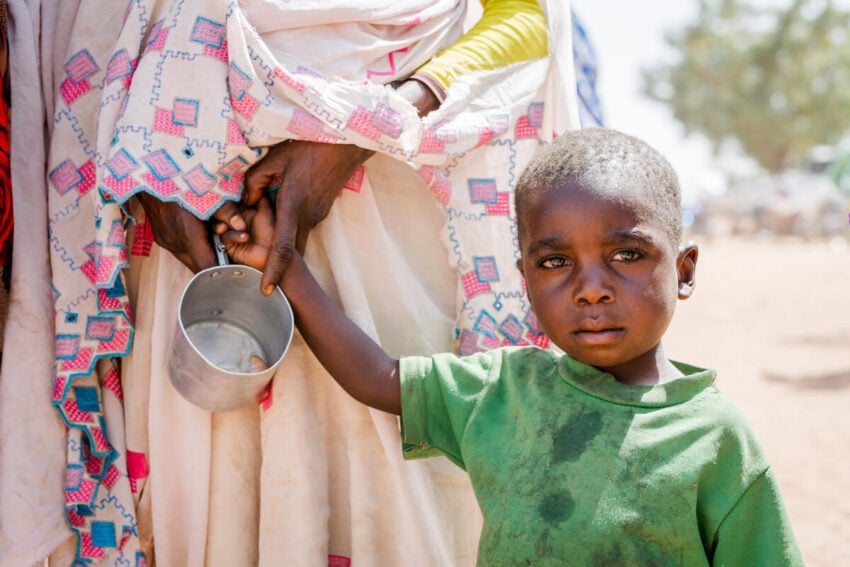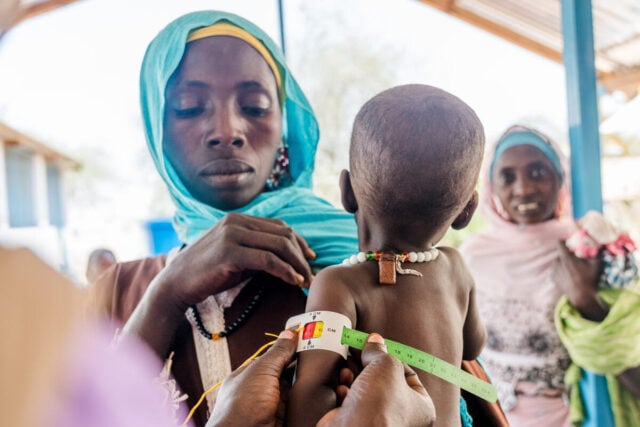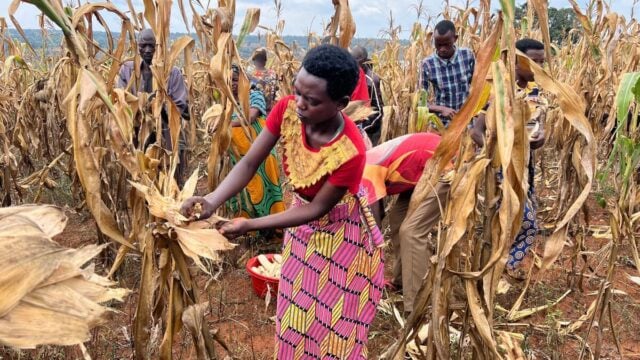In a world where up to 757 million people — 1 in 11 worldwide — face chronic hunger, understanding the scale and causes of this crisis is more important than ever. Driven by conflict, extreme weather events, and economic shocks, global hunger and food insecurity have reached critical levels. This World Food Day, observed on October 16, 2025, we reflect on these challenges and the urgent need to act together to ensure that everyone has enough to eat.
Here are seven key facts about global hunger and food insecurity.
1. Food insecurity is rising at an alarming rate. Nearly 282 million people in 59 countries experienced high levels of acute food insecurity in 2023, according to the World Food Programme (WFP). This means they required urgent food and livelihood assistance. This marks an increase of 24 million people since 2022, highlighting the intensifying hunger crisis.
Acute food insecurity refers to situations where people face food deprivation that puts their lives or livelihoods at immediate risk.
2. Hunger is driven by multiple factors. The main drivers of global hunger and food insecurity include conflict, displacement, extreme weather events like droughts and floods, and economic strains. In places like Haiti, the Middle East, and Sudan, conflict has disrupted food production and distribution, worsening conditions and leading to acute hunger situations.
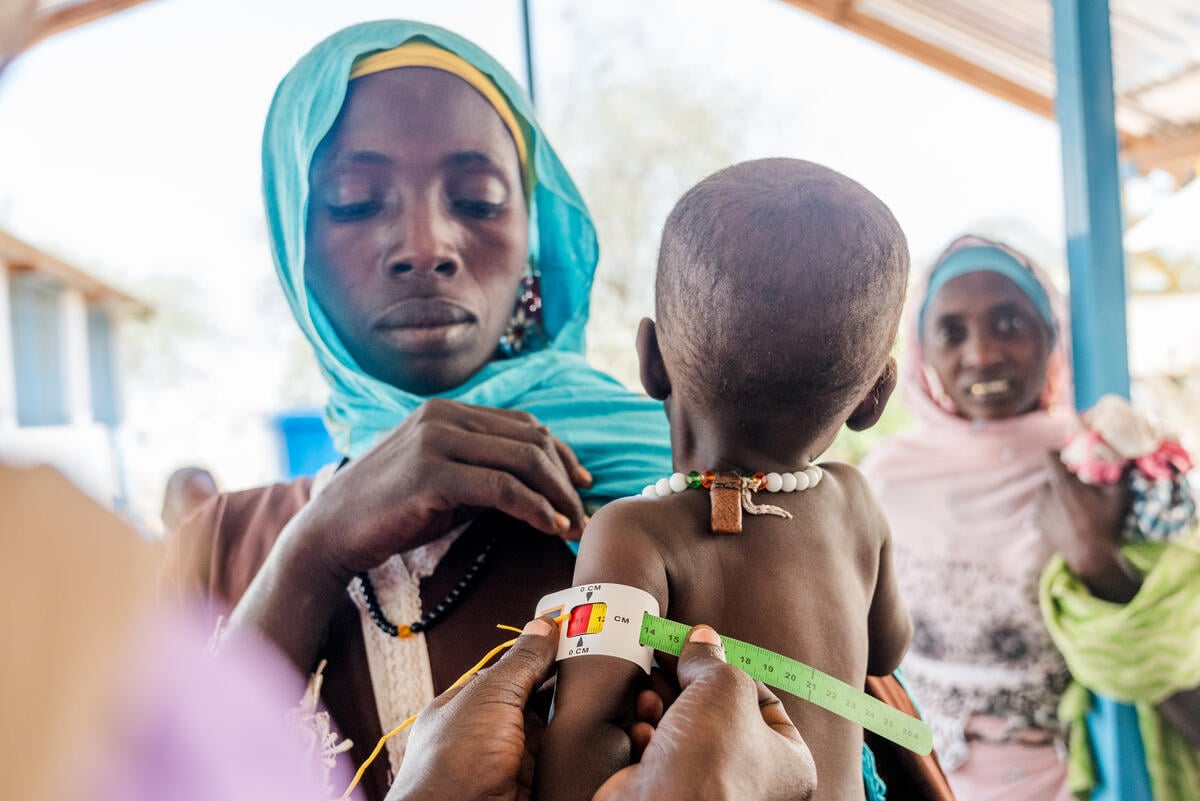
3. Food insecurity forces families into distressing choices. When families lack enough to eat or money to buy food, they are often pushed into difficult and dangerous decisions that jeopardize their children’s well-being and put them at risk of violence. In desperate search of food, some families may resort to harmful coping mechanisms, such as putting children at risk of child marriage, child labor, and family separation.
4. Forty-five million children are dangerously malnourished. Worldwide, 45 million children suffer from wasting, the deadliest form of acute malnutrition, which is a life-threatening condition. Each year, over 1 million children die from related causes of severe acute malnutrition. In addition, over 148 million children under 5 are stunted, meaning their physical growth and cognitive development are severely impaired due to long-term nutrient deficiencies.
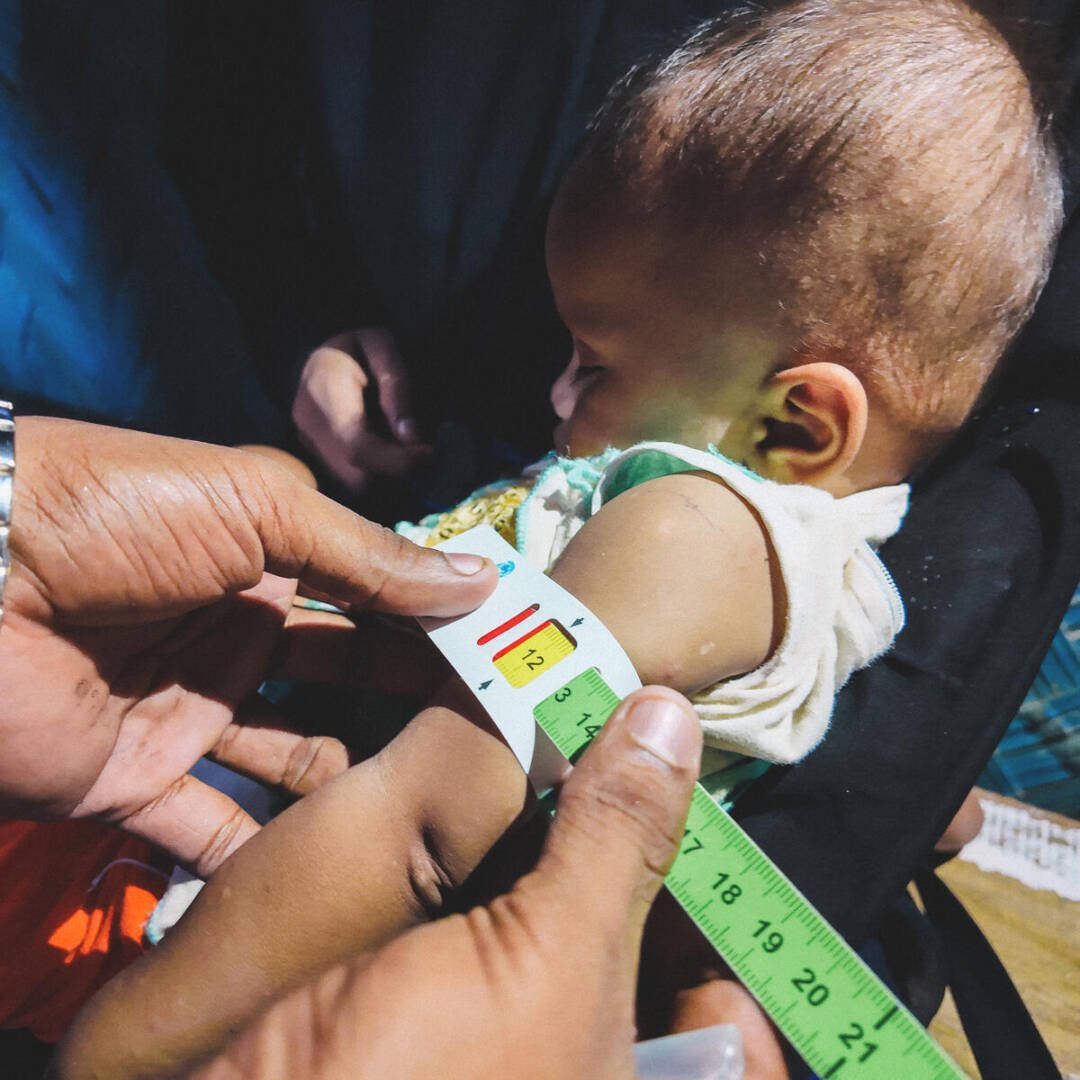
5. Displacement worsens food insecurity, hunger, and malnutrition. People fleeing conflict, disasters, or poverty often lose access to food, clean water, and healthcare. The number of forcibly displaced people, including refugees and those internally displaced, reached 122.6 million as of mid-2024.
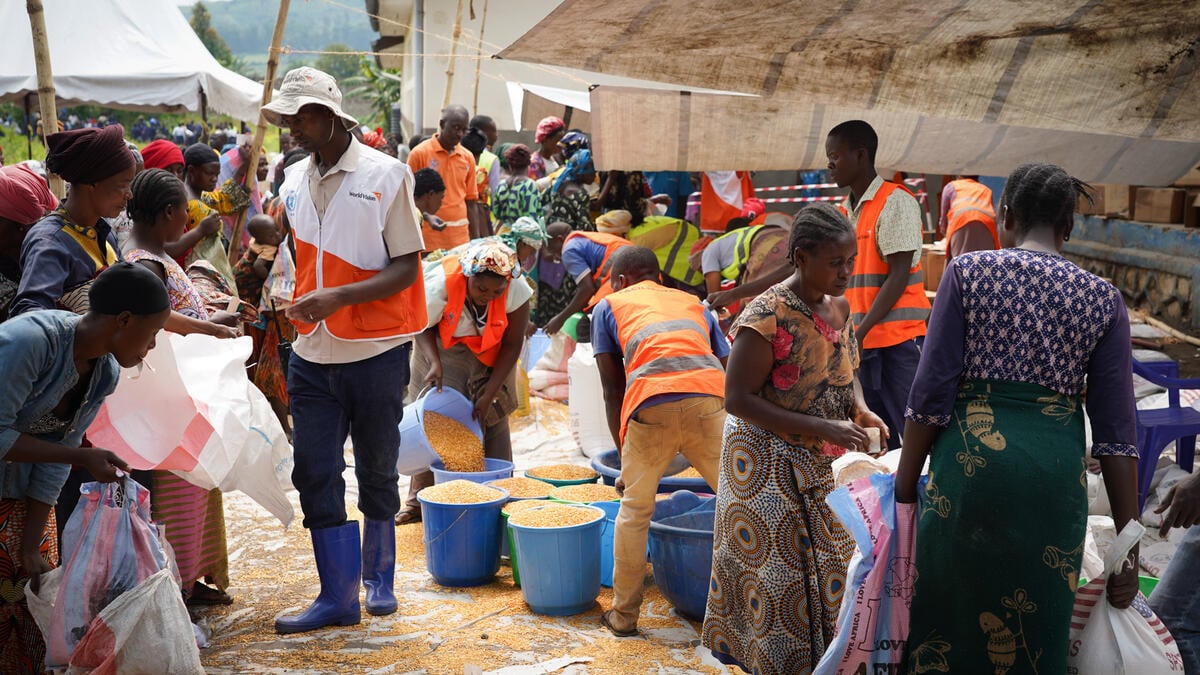
6. World Vision is responding to the hunger crisis.
World Vision remains steadfast in its commitment to help end hunger, and we thank God for the progress made and the ways we have been able to adapt our programs to respond to current realities.
- From March 2021 to August 2024, we reached over 38.4 million people across 31 countries with lifesaving food and aid in response to the global hunger crisis.
- Over the last 15 years, 88% of the severely malnourished children we treated made a full recovery.
- With 75 years of humanitarian experience, World Vision is a leader in the global hunger response.
- As the WFP’s largest implementing partner, we deliver immediate food aid during emergencies and work alongside communities to build long-term food security.
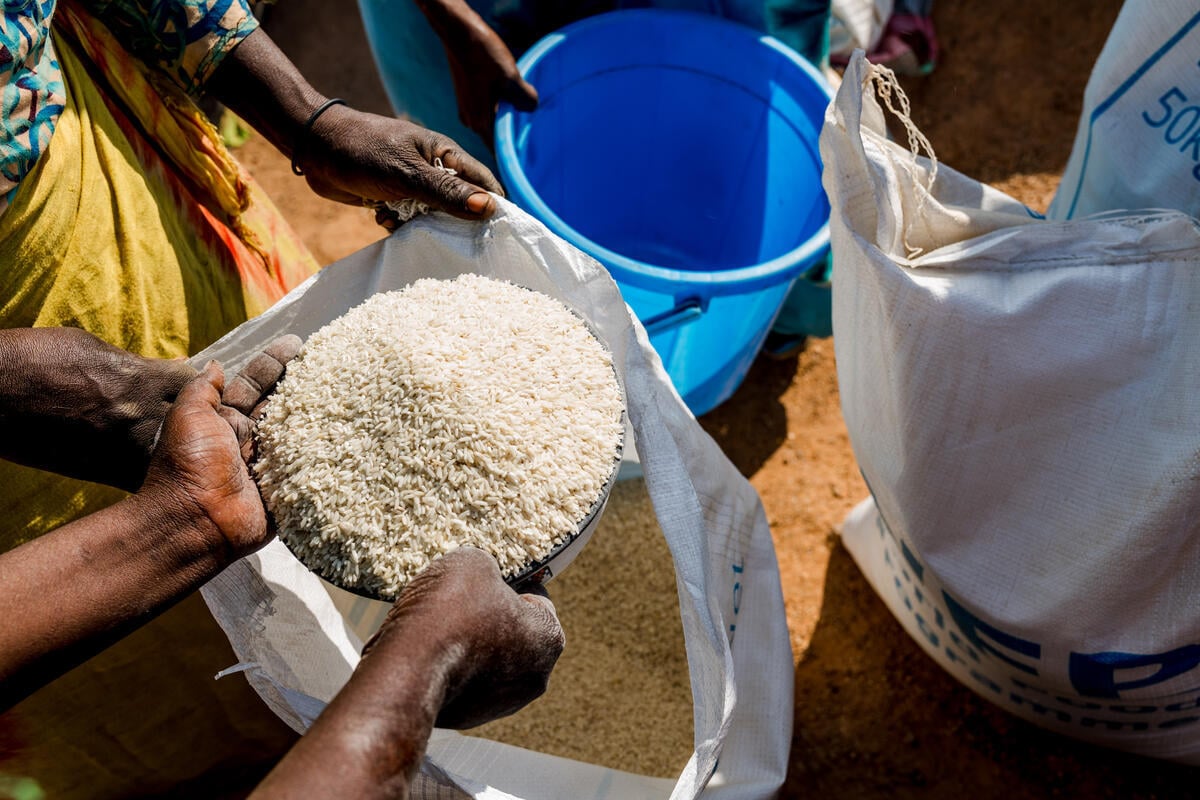
“We’re happy because with food, children learn,” says Abdulrashid, director of a school in Farchana camp.
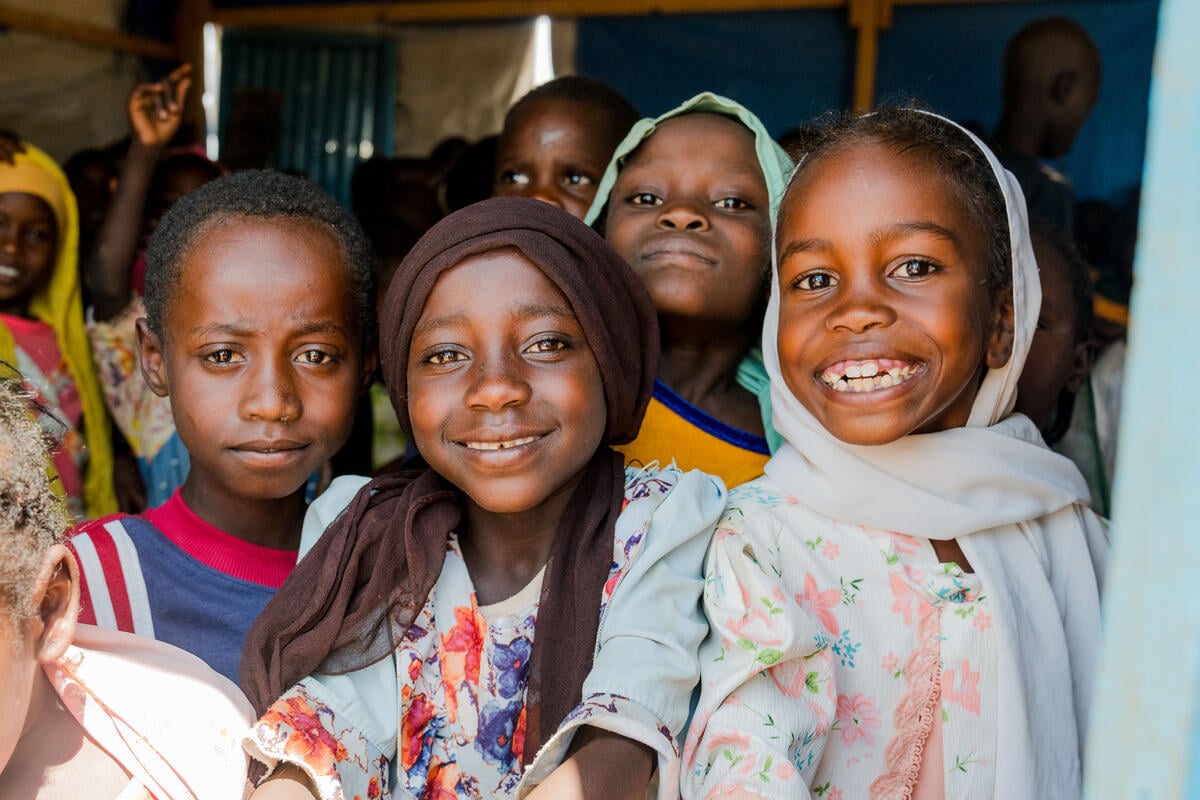
7. You can help end world hunger.
Whether through prayer, giving, or child sponsorship, your partnership makes a powerful difference.
- Pray: Join us in praying for peace in conflict zones and comfort for children, their families, and their communities facing hunger and poverty around the world. Pray for protection, provision, and strength to rebuild.
- Give: Your gift will help deliver support like emergency food aid, access to clean water, and lifesaving care where it’s most needed.
- Sponsor a child today. Sponsorship makes a lasting impact, equipping communities to meet needs like nutritious food, healthcare, access to clean water, education, and more.
